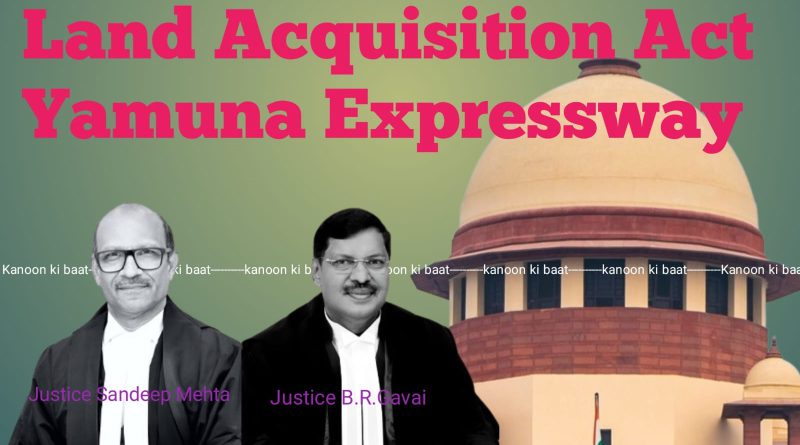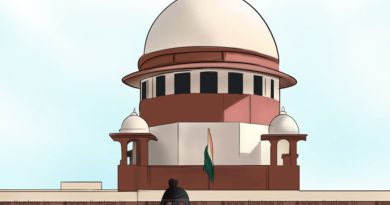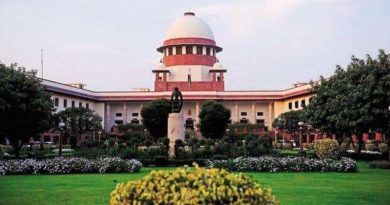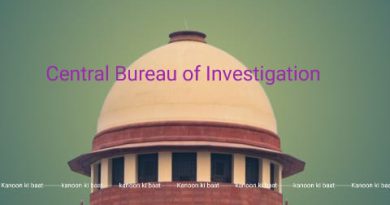Supreme Court Upholds Land Acquisition for Yamuna Expressway :- Explain the requirement of Urgency provisions of Land Acquisition Act, 1894.
The Supreme Court has upheld the land acquisition for the Yamuna Expressway project in Uttar Pradesh, supporting the state’s use of urgency provisions under the Land Acquisition Act, 1894. The Court ruled that the land acquisition did not violate legal procedures, as the project is crucial for regional development, including connecting Delhi to Agra and the upcoming Jewar Airport.
The Court dismissed the landowners’ appeal, citing the importance of the integrated development plan involving the expressway and surrounding lands. It rejected earlier rulings that had questioned the urgency clause’s use and affirmed that the land acquisition was essential for public growth.
The Court concluded that the development of the expressway and adjacent land for residential, commercial, and recreational purposes are interconnected, benefiting the state’s overall progress
- Legal Background: The Supreme Court upheld the land acquisition proceedings under the Land Acquisition Act, 1894, for the Yamuna Expressway Industrial Development Authority (YEIDA) project in Gautam Budh Nagar, Uttar Pradesh.
- Urgency Clause and Sections Involved:
- The Court justified the State’s use of the urgency provisions under Sections 17(1) and 17(4) of the Land Acquisition Act, 1894.
- These sections allowed the State to bypass the usual procedure of hearing objections under Section 5-A of the Act, which would normally require a public inquiry before land acquisition.
- Key Judgments:
- The case involved civil appeals by landowners who challenged the Allahabad High Court‘s earlier decision in Kamal Sharma v. State of UP (2010), which upheld the use of the urgency provisions.
- The other set of appellants, YEIDA, challenged a different judgment in Shyoraj Singh v. State of UP (2010), where the High Court had set aside the acquisition, stating that the urgency clause was improperly invoked.
- Court’s Ruling on Legal Precedents:
- The Supreme Court approved the Kamal Sharma decision which affirmed the use of urgency provisions for the Yamuna Expressway project, citing the project’s significance.
- The Court rejected the argument from landowners that the acquisition should be invalidated because the land was not part of an integrated development plan.
- Referring to Nand Kishore Gupta v. State of Uttar Pradesh (2010), the Court held that if sufficient evidence exists showing the acquisition was for an integrated development, the invocation of urgency provisions under Section 5-A is valid.
- Court’s View on Integrated Development:
- The Court emphasized that the Yamuna Expressway serves as a vital “heartline” connecting Delhi to Agra and also provides access to the upcoming Jewar Airport.
- It stated that considering such a large-scale project, it is unreasonable to assume that the development of the expressway could be separate from the development of adjoining lands for residential, commercial, and recreational purposes.
- The Court concluded that the development of these lands and the expressway are inseparable components of a larger integrated project, thus justifying the application of urgency clauses under Sections 17(1) and 17(4).
- Court’s Dismissal of Shyoraj Singh’s Judgment:
- The Supreme Court found that the Shyoraj Singh judgment did not properly consider earlier precedents (like Kamal Sharma and Nand Kishore) and was “per incuriam” (not following the correct legal principles).
- It set aside the decision in Shyoraj Singh’s case and upheld the legality of invoking urgency provisions for the Yamuna Expressway land acquisition.
- Final Ruling:
- The Supreme Court dismissed the landowners’ appeals (Batch No. 1) and allowed YEIDA’s appeals (Batch No. 2), affirming the legitimacy of the land acquisition process for the integrated development plan of the Yamuna Expressway.
Case Title :- Kali Charan and others vs State OF U.P. and others (with connected matters)
Disclaimer: (Only the headline and picture of this report may have been reworked by the KanoonKiBaat staff; the rest of the content is auto-generated from a syndicated feed.)
Source Link





